Lemongrass gives a complex flavour and citrusy aroma to every dish it is a part of. It is a perennial herb that grows in tropical climates. It is not only known for its unique flavour but also its aesthetic appeal. Trust us, you will become a fan of freshly cut lemongrass in your morning tea.
Read this step-by-step guide and harvest your own patch of this medicinal herb from your kitchen garden.
Growing lemongrass from seeds
Sowing the seeds

Lemongrass is a perennial, which means that it returns after a year. The plant grows into long grassy fans shooting out of a stem that reaches up to 5 feet. Sow the lemongrass seeds 1 inch apart and 1/3 inch deep in a location that receives a minimum of 6 hours of daily sunlight.
If you are planning to start the lemongrass indoors in a tray, cover the tray to create a warm moist environment to allow them to germinate. Once the seedlings appear, plant them outdoors in a sunny spot.
Maintaining the plant

Since lemongrass is tropical, it does well in the heat. It thrives in big containers and prefers 6 hours of daily sunlight. Once the seedlings appear, you can transplant them into a 5-gallon container and place them in a spot where there is full sun and protection from wind. Since lemongrass grows into tall shoots, it is easy for it to be wilted from the wind.
Whether you choose to plant lemongrass in a container or on the ground, it requires well-drained soil that is rich in organic compost and minerals. Keep the soil moist but not waterlogged. Keep a check on your plant and keep watering as and when it looks parched. Water lemongrass two-three times a week and keep the soil moist in the hot weather. Use nitrogen-rich organic fertilisers to support your plant's growth. Learn more about organic fertilizers.
Managing pests and diseases

Lemongrass is rarely affected by pests and diseases. It contains citronella which is a natural pest-repellent. The only disease that can affect lemongrass is lemongrass rust, a fungus. If you see brown and yellow patches on the leaves, simply prune the affected areas. To keep your plants away from all the pests, spray natural neem repellent.
Pruning lemongrass

Pruning herbs helps them grow optimally. To keep your lemongrass in shape, prune the leaves and remove the dead or dried leaves from the plant. If your plants look congested, consider separating the stems into different spots or containers.
Harvesting lemongrass

Lemongrass is used for aromatic purposes and flavouring dishes. It becomes ready to be harvested once it is one foot tall and 1/2 inch thick. Use a knife or cutting scissors to snip the leaves an inch above the ground level. Harvest as much as you need and leave some at the bottom if you want the leaves to keep growing. You can also harvest the whole plant and separate leaves from the bulb, particularly at the end of the growing season when you know the plant can succumb to the weather.
When harvesting lemongrass, ensure to wear gloves so that the sharp edges of the grass don't do any harm to your fingers. It is also very simple to store lemongrass for months to come. You can snip the grass and store it in the freezer. Pack it well in a zip lock and use it whenever required.
Use the stored lemongrass to prepare refreshing tea or prepare homemade essential oils. To grow your own lemongrass in your kitchen gardens using seeds, order lemongrass seeds from AllThatGrows and get started.


 Sign In
Sign In




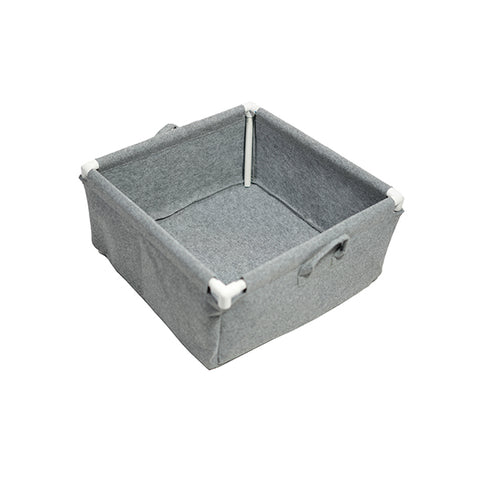
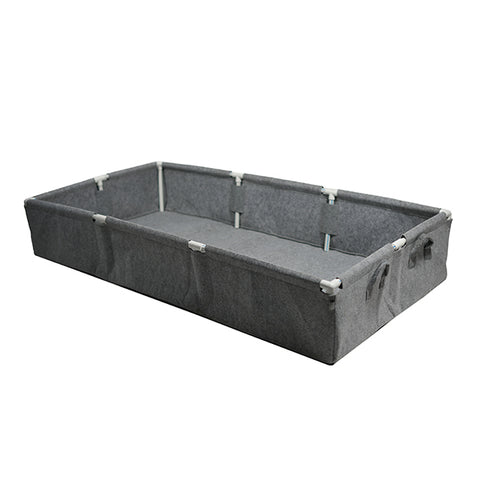
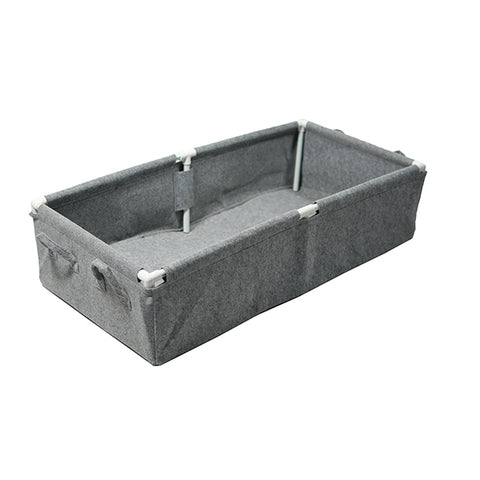
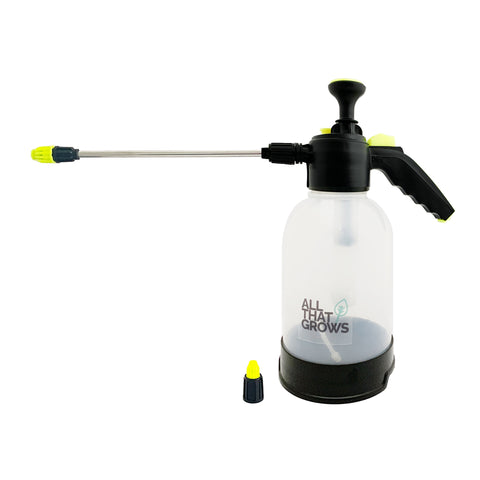
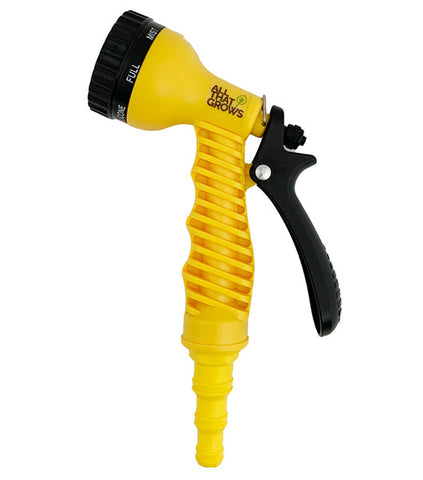
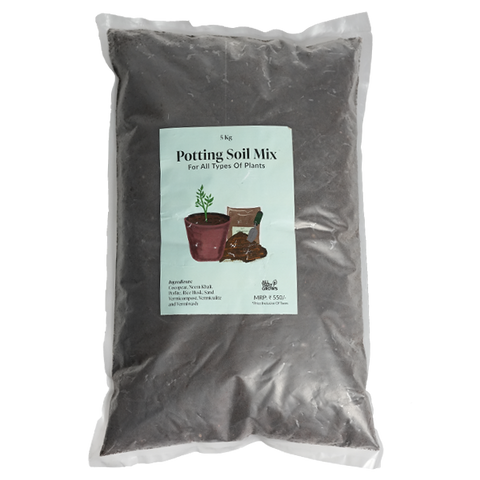
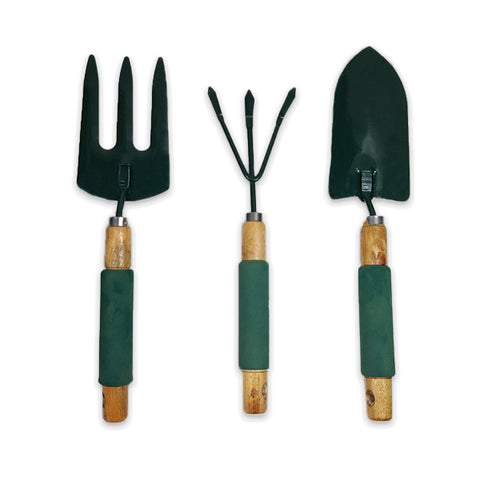






Let us know your feedback
* Comments must be approved before being displayed.